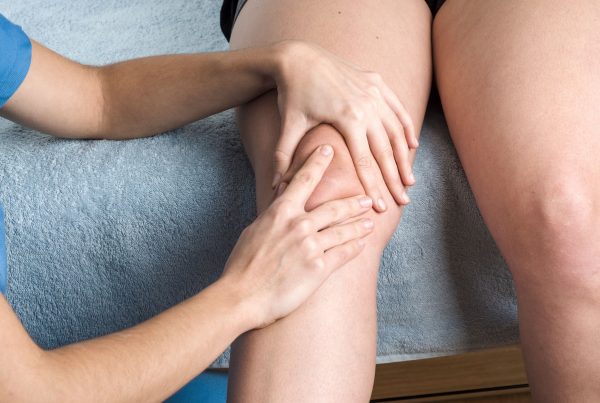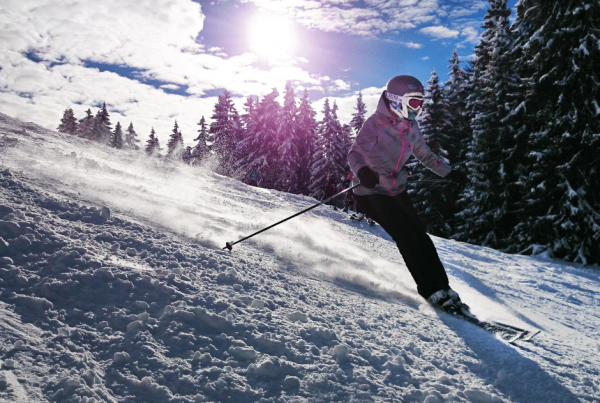What is Shoulder Impingement?
You get it when soft tissue gets trapped between the roof of the shoulder and the top of the upper arm. You get it when soft tissue gets trapped between the roof of the shoulder and the top of the upper arm. The soft tissues that get pinched are: rotator cuff tendons (four muscles like a collar to stabilise the shoulder), long head of biceps, bursa (sac of fluid). They can get so thick and swollen that they catch and you are not able to fully lift your arm overhead. Over time the tendons can become thinner and eventually tear. The mechanical irritation leads to inflammation and swelling. Some people bony spurs, calcium deposits or a very hooked acromion process, which further narrows the tendons outlet. In these cases, manual therapy won’t be successful.
WHY DO YOU GET SHOULDER IMPINGMENT?
If you do overhead activities or repetitive movements like painting, tennis, swimming, lifting, throwing you are more at risk.
SHOULDER IMPINGMENT SYMPTOMS
- Pain at top or outer side of shoulder
- Lifting above head
- Pain putting your arm behind your back, putting jacket on
- Pain with overhead movements like combing your hair
- Weakness.
- Onset can be sudden or gradual.
- Pain/ ache at night
- Limited abduction and forward flexion
SHOULDER IMPINGMENT TREATMENTS
Medical
If you see a GP you will likely be prescribed a combination of anti-inflammatories along the lines of ibuprofen or Naproxen but, careful with stomach and gut irritation. However, if you take these for a few weeks you may have vomiting, constipation, ulcers. If there is no improvement the next step is a cortisone injection. This weakens muscles and tendons. If this doesn’t solve the problem, you will be referred for and ultrasound or mri. More than two injections might damage the tendons.
Most people have success with conservative therapy. If nothing works surgery (subacromial decompression) is the last resort.
Hands on treatment
Manual therapy: You can try Physiotherapy, Osteopathy, Acupuncture. These are evidence based interventions proven to work.
A combination of manual therapy techniques will be selected by our experts after taking into account your past medical history, spinal mechanics, aggravating and maintaining factors, lifestyle.
- Ice pack several times a day in acute phase
- Maintain range of motion
- Specific daily stretching and strengthening depending on which structures are affected
- Avoid triggering activities
You will be given the right combination of stretches and exercises. As long as you are making progress you should continue with treatment.
You may need to make some lifestyle modifications addressing safe technique, correct sitting posture at desk, sleeping position. We have specialist therapists to advise you on this.
SHOULDER IMPINGMENT TIMELINE
This injury is very common and with the correct intervention you may be back doing all your usual activities within 2-3 months.
We can help you!

DIAGNOSE

CONDITIONS

TREATMENTS
Treatments that can help
Here are some treatments that could help with shoulder impingement:
- Massage (Soft Tissue)
Helps loosen tight muscles and helps with improving blood flow - Osteopathy
Helps with mobilisation and strengthening - Sports Therapy
Helps stabilise weak areas and restore normal movement - Acupuncture
Helps to loosen up tight muscles





